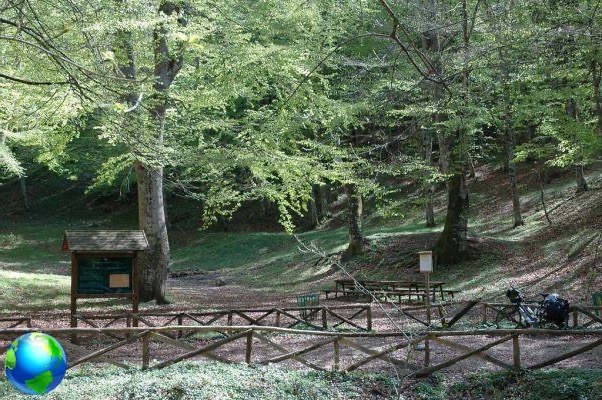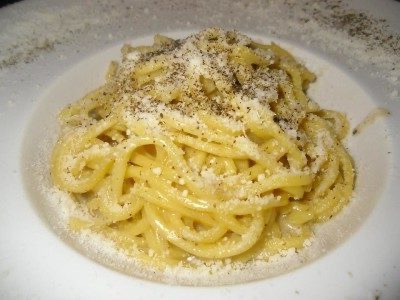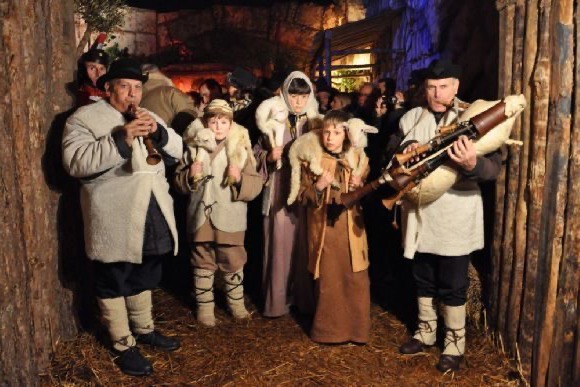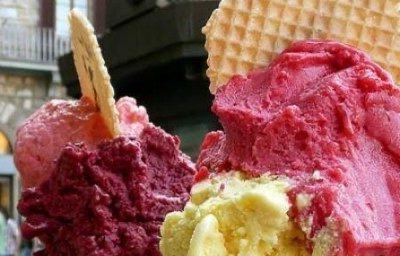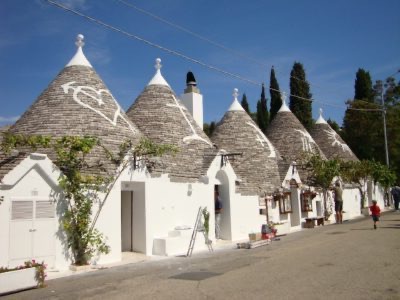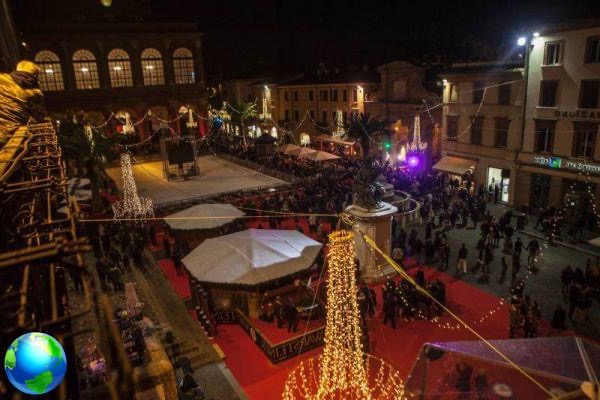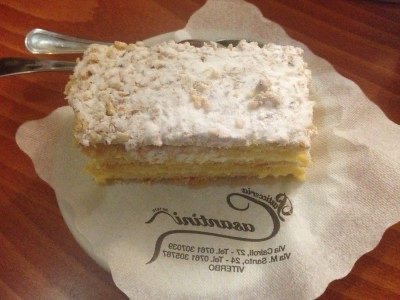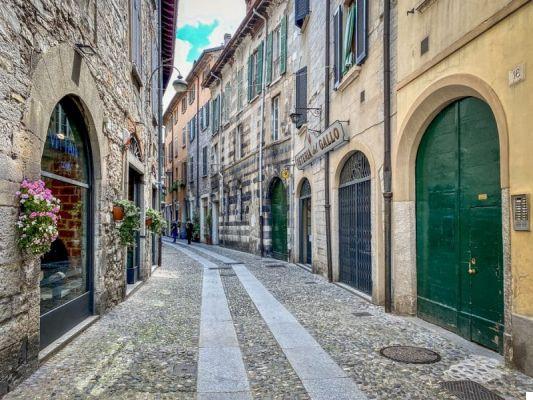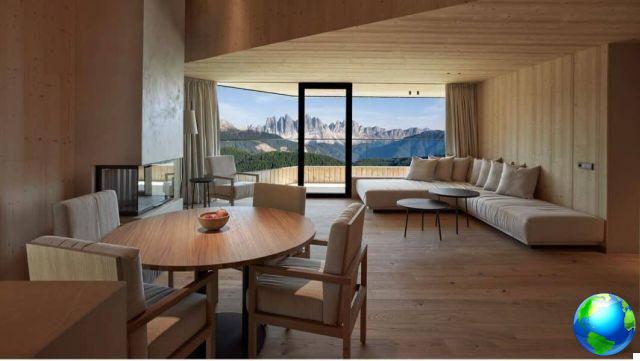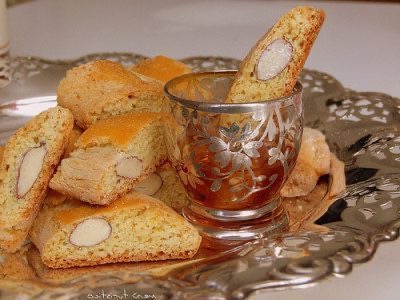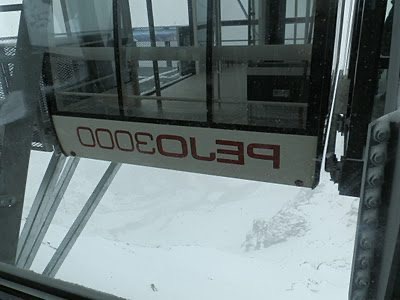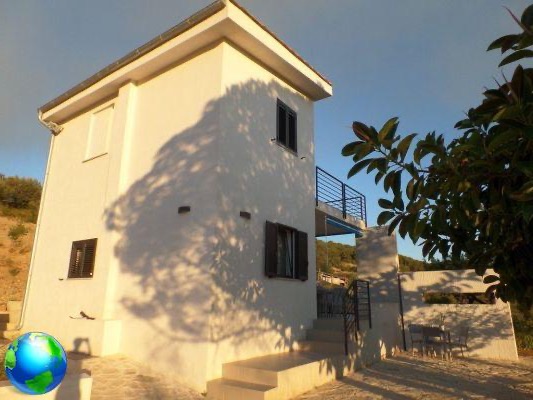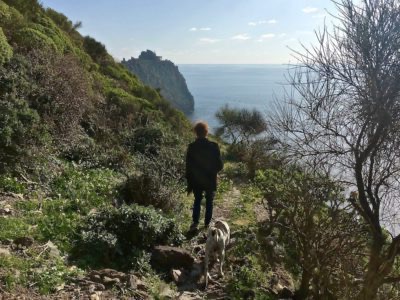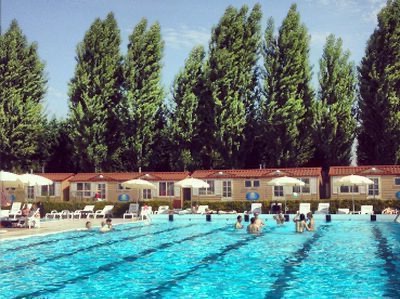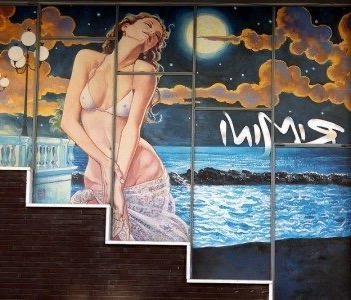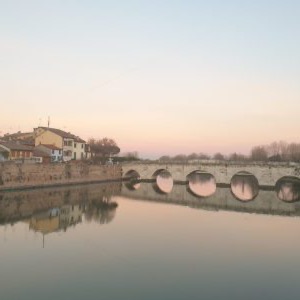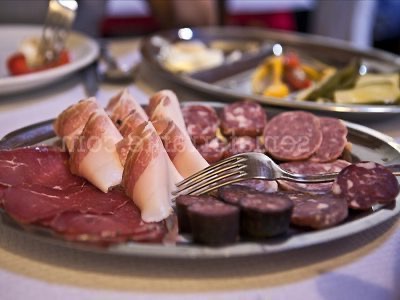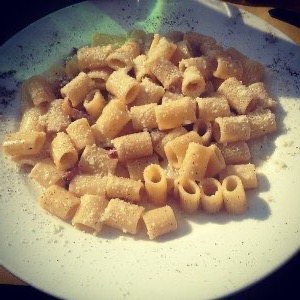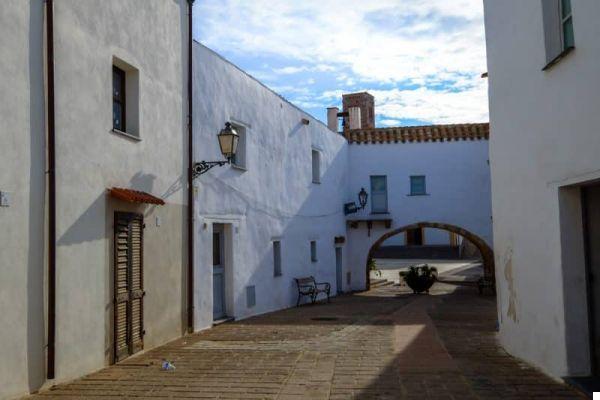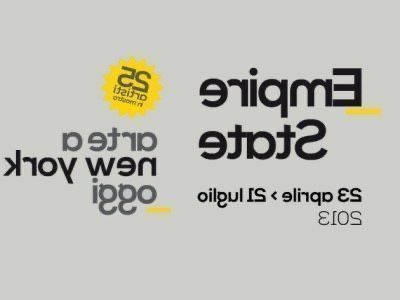The most important mask of the Perugia Carnival is the Bartoccio and its interesting and controversial history.
I confess to you, Perugia it is a city that I like very much. The discovery of Days of the Bartoccio, which from 22 January to 14 February 2015 will color and animate the streets of the city on the occasion of Carnival, made me love it even more.
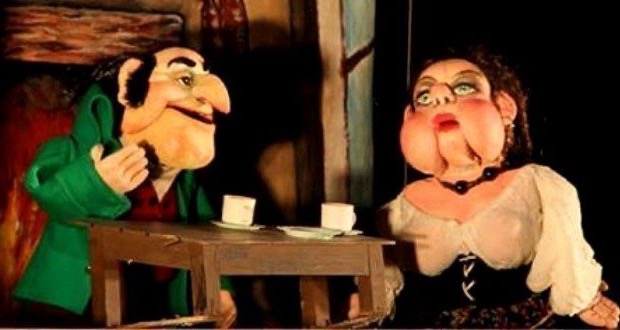
Yes, because in Perugia the Carnival is double e lasts a month. The classic one which starts on January 17th and ends on February 17th is accompanied by the Carnival of Bartoccio which runs from January 22nd to February 14th. If the classic Carnival has historical-religious roots, that of the Bartoccio has one more secular and social value. Both, however, deeply rooted in the city, in its history and traditions.
In Perugia there is the old, there is the new and there is a bridge that unites them not just ideally. The strongest emotion of my Perugia trip was to discover, only after having crossed it, that that bridge is not metaphysical but real, materialized in what remains of the ancient Roman aqueduct. Leaving it, turning around, glimpsing the arches of the aqueduct below and realizing in a second that what I thought was just a narrow and impervious corridor was actually La Storia, it was a truly suggestive experience. Why thataqueduct not only does it link the old city to the new city, but it is the frame of what Perugia has been over the centuries: a city born on the marshes, inaccessible precisely, but which knows how to be reborn from that stalemate, projecting itself towards a bright future.
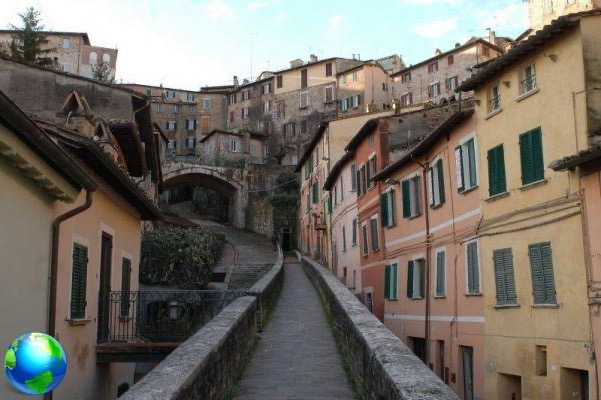
And the Seventeenth century the moment of the Perugian rebirth and it is to that period that the spread in the city of Satire and of ancient mask of the Bartoccio. A mask that in Perugia is also history, also a bridge between before and after, between the penniless farmer of the pre-reclamation period and the new state of wealthy settler. The enriched sharecropper, in strong stridor with the misery of the urban population, he soon becomes an object of ridicule and is seen represented in the figure of the Bartoccio: a somewhat crude homunculus, in a green suit with a scarlet waistcoat, cunning and wise, good-natured and unscrupulous at the same time , always accompanied by the wife Rosa, a young peasant girl covered in flashy jewels; a homunculus with a lively chat, always ready to have his say, heedless of punishments from high places.
The Bartoccio is therefore the symbol of a city, Perugia in fact, which rises from its marshes and begins to shine in all its richness; a city that wants revenge and that no longer accepts compromises. A new city, therefore. A city that is not afraid. The Bartoccio does not use only the language, however, writes in rhyme and, in rhyme, he denounces all the improprieties and failings of the society in which he lives.
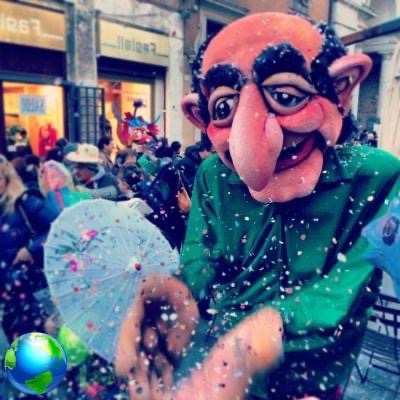
In a time when satire is forbidden, on the occasion of the Carnival, with the passing of the years, ai traditional allegorical floats the floats of the Bartoccio begin to flank from which, protected by the anonymity of the mask, the Bartoccio and his wife Rosa, distribute pamphlets of rhymes-denunciation without risking running into legal problems.
In memory of those years and in honor of that figure that has so characterized the history of the city, Perugia and the Bartoccio Company every year on the occasion of the Carnival they organize Le Giornate del Bartoccio which in painting exhibitions, poetic readings, performances of traditional songs and folk dances, conferences and debates, alongside tastings of typical local products, events for children, workshops of all kinds and the classics parades of allegorical floats.
For all the info on days and times of the various events, consult the official website of Municipality of Perugia.




